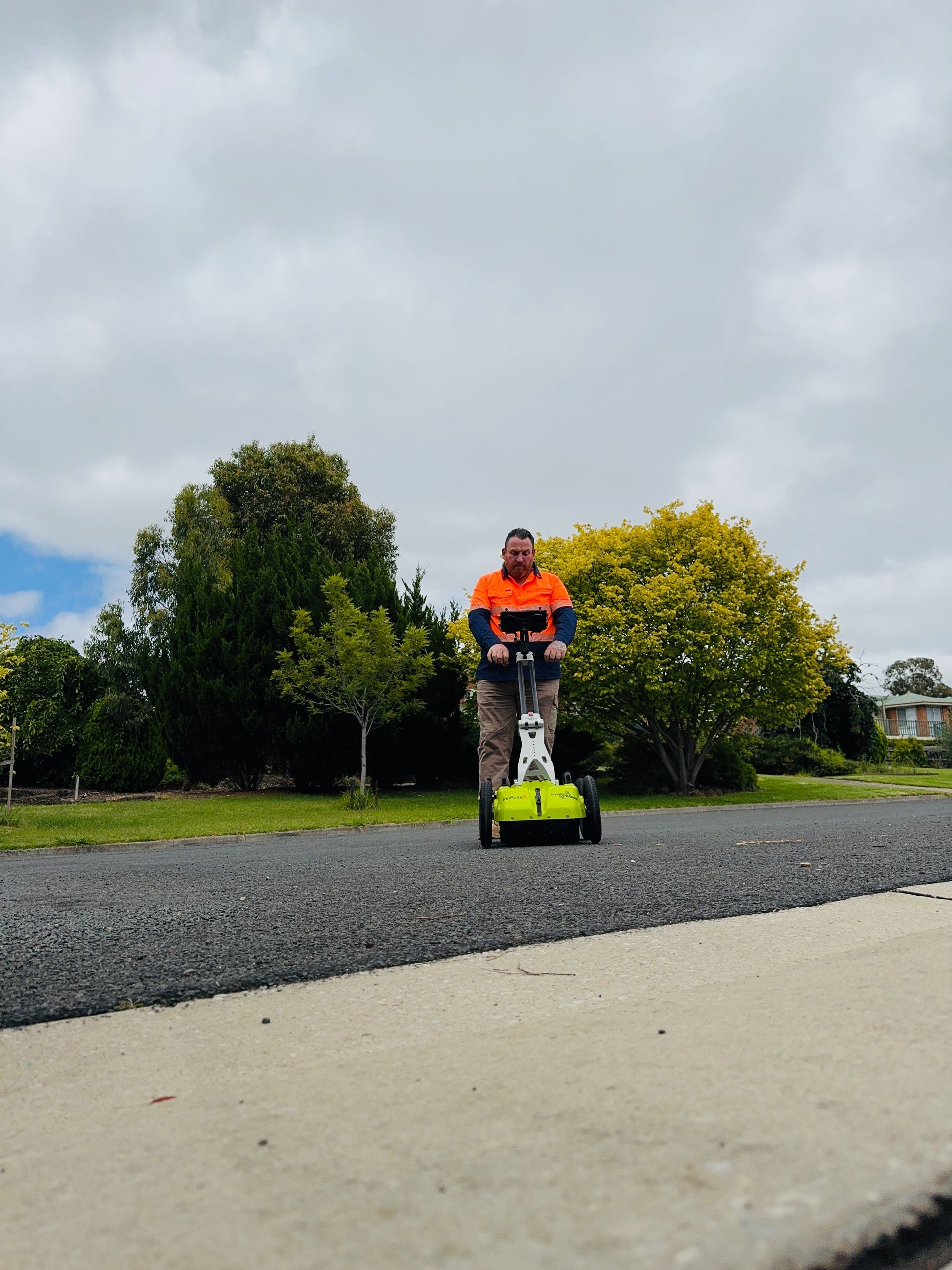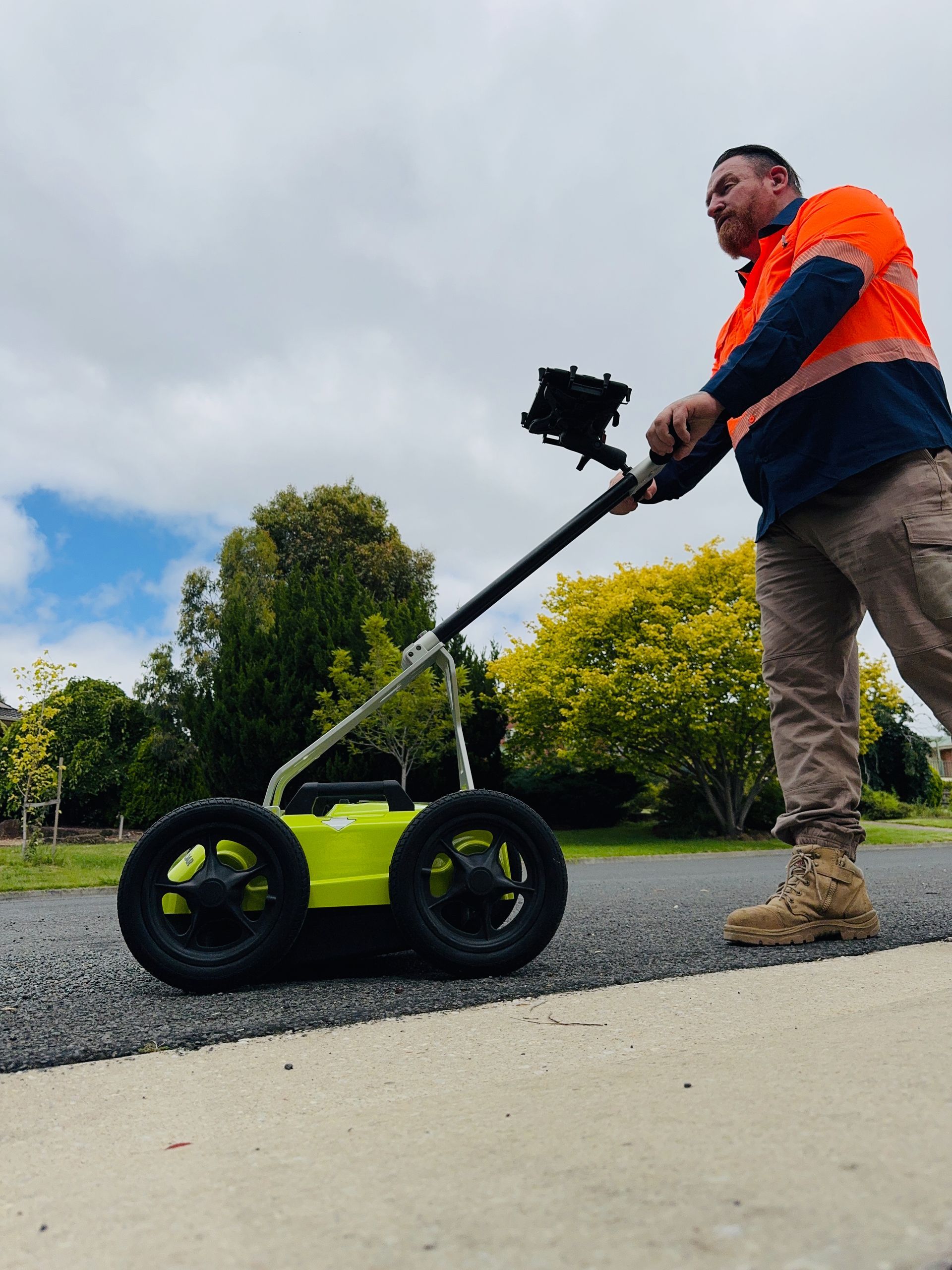Published ~ 20 January 2024
Dial Before You Dig!
Finding The Pipes Before You Dig!
Underground pipes play a crucial role in our everyday lives, carrying essential utilities such as water, gas, and sewage. However, locating these buried pipes can be a challenging task, often requiring specialised equipment and expertise. In this article, we'll explore the types of underground pipes, the importance of calling a professional underground pipe locator, and the benefits of enlisting the services of Pulse Locating Services.
Types of Underground Pipes
Water Pipes: These pipes transport potable water from treatment plants to homes, businesses, and other facilities. Water pipes may be made of various materials, including PVC, copper, and galvanised steel.
Gas Pipes: Gas pipes deliver natural gas or propane to residential and commercial buildings for heating, cooking, and other purposes. These pipes are typically made of materials such as steel or polyethylene.
Sewer Pipes: Sewer pipes carry wastewater from buildings to treatment plants or septic systems. They are commonly constructed from materials like PVC, clay, or cast iron.
Why Call a Professional Underground Pipe Locator
Locating underground pipes is not a task to be taken lightly. Here's why property owners should consider hiring a professional underground pipe locator like Pulse Locating Services:
Safety: Excavating blindly without knowing the precise location of underground pipes can pose serious safety risks. Accidentally striking a gas or water line can result in hazardous leaks, property damage, and potential injury or loss of life.
Accuracy: Professional pipe locators use advanced equipment and techniques to accurately identify the location and depth of underground pipes. This precision minimises the risk of damaging existing infrastructure during construction or excavation projects.
Efficiency: Attempting to locate underground pipes without specialised training and equipment can be time-consuming and ineffective. Professional pipe locators streamline the process, saving property owners valuable time and resources.
Equipment Used by Pulse Locating Services
Pulse Locating Services employs cutting-edge equipment to ensure precise and efficient pipe location. One of the primary tools used is Ground Penetrating Radar (GPR). GPR works by emitting radar waves into the ground and detecting reflections from subsurface structures, including pipes. This technology enables Pulse Locating Services to visualise underground pipes and accurately determine their location and depth.
Benefits of Choosing Pulse Locating Services
Partnering with Pulse Locating Services offers numerous benefits for property owners in need of underground pipe location services:
Expertise: The team at Pulse Locating Services possesses extensive experience and specialised training in underground pipe location. Their expertise ensures thorough and accurate results, giving property owners peace of mind.
Efficiency: Pulse Locating Services utilises advanced technology and efficient methodologies to streamline the pipe location process. Their prompt response and quick turnaround times minimize downtime and disruption to ongoing projects.
Cost-Effectiveness: By preventing damage to underground pipes and infrastructure, Pulse Locating Services helps property owners avoid costly repairs and delays. Their precise detection techniques help minimize excavation and repair costs, ultimately saving time and money.
Conclusion
In conclusion, finding underground pipes is a critical step in any construction or excavation project. By enlisting the services of a professional underground pipe locator like Pulse Locating Services, property owners can ensure the safety, accuracy, and efficiency of their projects while minimising risks and costs associated with underground infrastructure damage.
By taking proactive measures to locate and protect underground pipes, property owners can safeguard their investments and ensure the integrity of their infrastructure for years to come.


